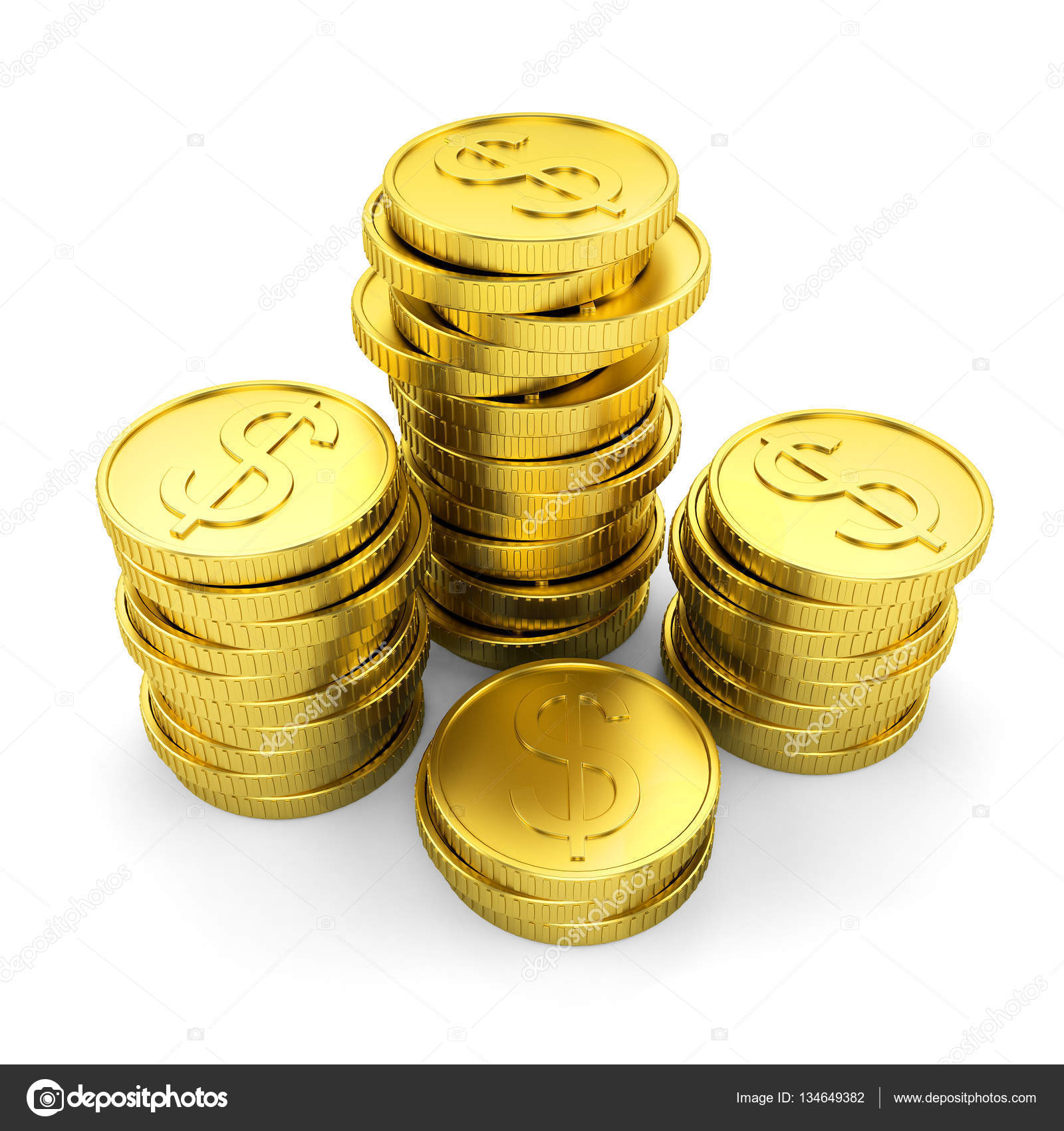Gold Dollar
Gold price is widely followed in financial markets around the world. Gold was the basis of economic capitalism for hundreds of years until the repeal of the Gold standard, which led to the expansion of a flat currency system in which paper money doesn't have an implied backing with any physical form of monetization. Gold price is widely followed in financial markets around the world. Gold was the basis of economic capitalism for hundreds of years until the repeal of the Gold standard, which led to the expansion of a flat currency system in which paper money doesn't have an implied backing with any physical form of monetization.
- 1853 Liberty Head Gold $1 Coin

/US0100-Sacagawea-and-Native-American-Dollars-574f0f005f9b582060db8012.jpg)
Coin Info

Dollar To Gold Chart
1853 gold Liberty Head $1 are generally common in terms of date, but the Charlotte (C) and Dahlonega (D) issues are far scarcer, as is virtually a rule for $1 gold Liberty Head coin coins. Liberty Head gold dollar coins were designed by James B. Longacre, the chief mint engraver whom many numismatists know designed the Indian Head cent and two cent coin. This series was also the smallest U.S. coin to ever be produced, with each piece measuring at a mere 13 millimeters in diameter and weighing only 1.672 grams.
Here’s a look at the mintages and values of 1853 Liberty Head $1 gold coins:
1853, 4,076,051 – $250
1853-C, 11,515 – $1,200
1853-D, 6,583 – $1,300
1853-O, 290,000 – $270
*Values are for coins in a grade of Very Fine, unless otherwise noted.
1853-C (Charlotte) and 1853-D (Dahlonega, GA) $1 Liberty Head coins are especially scarce, and you should therefore take great caution in buying them either sight-unseen or raw, as many collectors do. That is, of course, unless you know the coin dealer you’re working with is reputable, as are the vast majority. Do your research when buying any gold dollars to ensure you’re getting the best value for your money.
Other Years From This Coin Series
Latest Blog Posts
Gold Dollar Eagle
Latest Blog Posts
SUMMARY:
Richard Nixon's August 1971 decision to suspend the convertibility of dollars into gold was one of the most important chapters in modern economic history. Nixon's move, which was precipitated by rising U.S. balance of payments deficits, ended the system of fixed exchange rates that had been established at the Bretton Woods conference of 1944 and ushered in a regime of floating rates.
DESCRIPTION:
The 1974 Congressional Budget and Impoundment Act created a set of institutional changes designed to help Congress regain power over the budget process. The Act was inspired by Richard Nixon's refusal to disburse nearly $12 billion of congressionally-appropriated funds in 1973-74 through the executive power of impoundment, as well as more generalized fears about the budget deficit. Nixon claimed that the deficit was causing high inflation and that as a result he needed to curb government spending. To this effect, in the 1972 presidential election he called on Congress to grant the President authority to cut federal spending so as to keep the budget under control. Congress opposed Nixon's proposal and instead sought to reform Congress' budgetary role. In 1972 Congress created a Joint Study Committee on Budget Control which called for procedural reforms to enable Congress to examine the federal budget from an 'overall point of view, together with a congressional system of deciding priorities.' Following Nixon's impoundment Congress acted on these recommendations and in 1974 passed the Act over the President's veto.
Gold Dollar Coin
Under the Bretton Woods agreement of 1944 the U.S. dollar was the only national currency directly backed by gold. Other currencies were valued against the dollar, which could be exchanged through the U.S. government's 'gold window' for a fixed amount of gold. Over the course of the 1960s, however, this system came under strain. Spending on the Vietnam War and Great Society as well as the revival of Western Europe and Japan led to a decline in the U.S. balance of payments. This, in turn, placed significant pressure on the dollar: U.S. gold holdings could not keep pace with the expanded money supply required by domestic and international economic growth. Fearful that other governments would rush to convert their dollars into gold and thereby precipitate a run on the dollar, on August 15, 1971 Richard Nixon unilaterally suspended dollar-gold convertibility. This action, which Nixon presented as part of a plan to combat inflation, effectively ended the Bretton Woods monetary regime and brought about a system of floating exchange rates within a few years.The implications of the 'Nixon shock' for domestic and international affairs were numerous. Since the dollar no longer had to be backed by gold, the end of the Bretton Woods fixed exchange rate system increased the freedom of the U.S. Federal Reserve to engage in counter-cyclical monetary policy. The advent of floating exchange rates in 1973, after efforts to revive the fixed exchange rate regime failed, also facilitated global capital flows.
Gold Dollar Coins
FURTHER INFORMATION:
Michael D. Bordo and Barry Eichengreen, eds., A Retrospective on the Bretton Woods System: Lessons for International Monetary Reform (National Bureau of Economic Research and University of Chicago Press, 1993).
Gold Dollar John Tyler
Barry Eichengreen, Globalizing Capital: A History of the International Monetary System (Princeton University Press, 1996).
Francis J. Gavin, Gold, Dollars, and Power: The Politics of International Monetary Relations, 1958-1971 (University of North Carolina Press, 2004).
Joanne S. Gowa, Closing the Gold Window: Domestic Politics and the End of Bretton Woods (Cornell University Press, 1993).
New Gold Dollar Us Mint

Harold James, International Monetary Cooperation since Bretton Woods (International Monetary Fund and Oxford University Press, 1996).